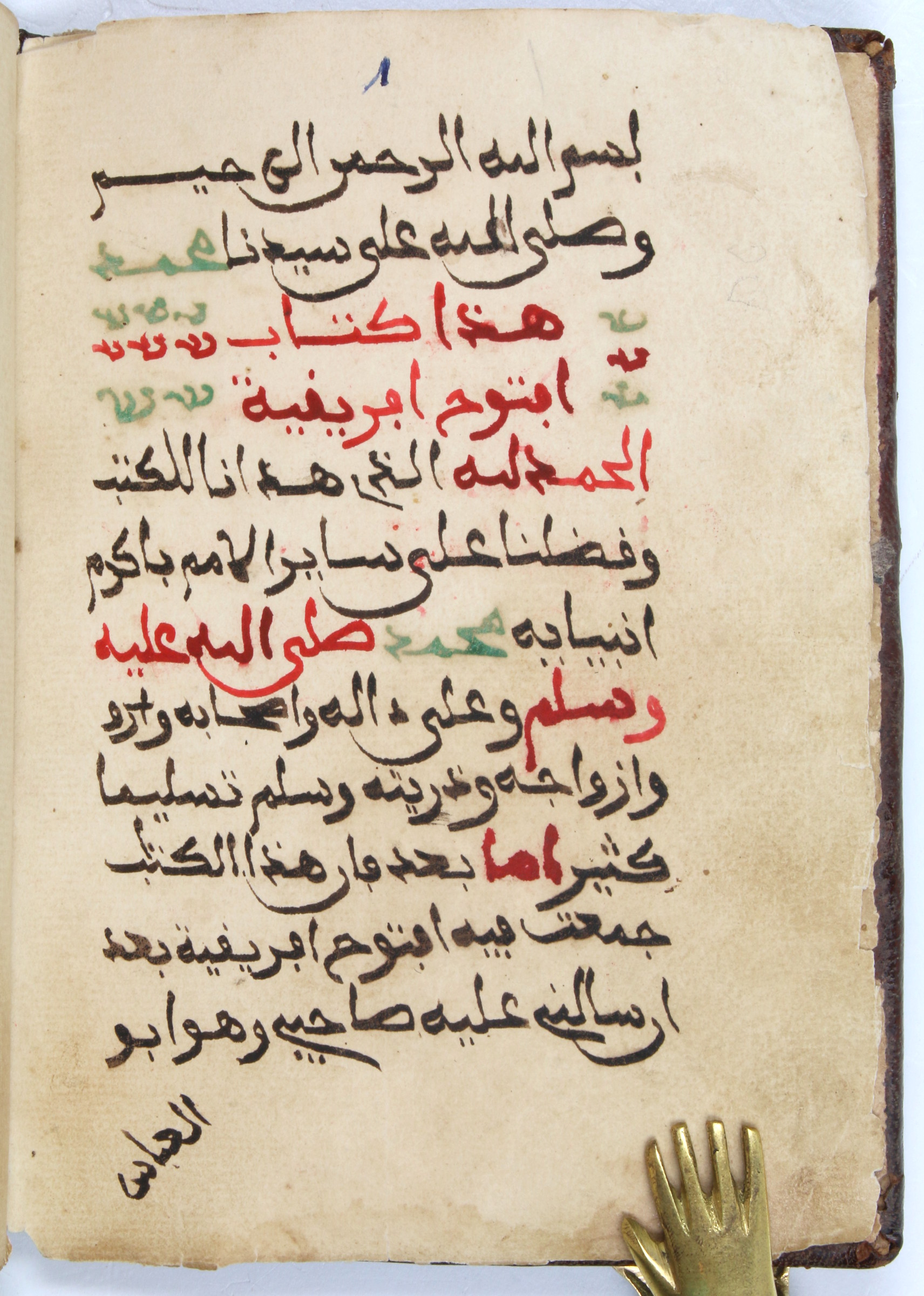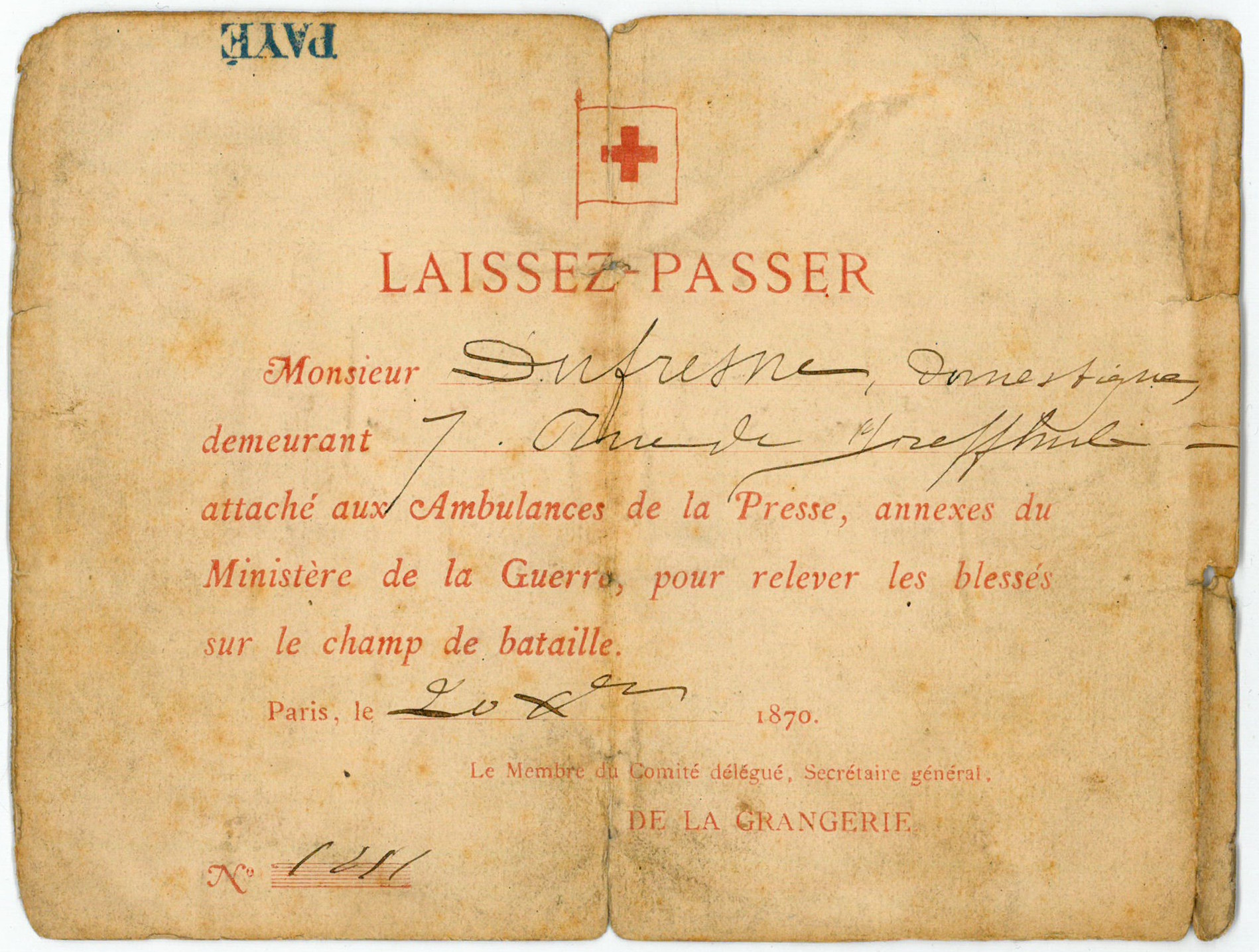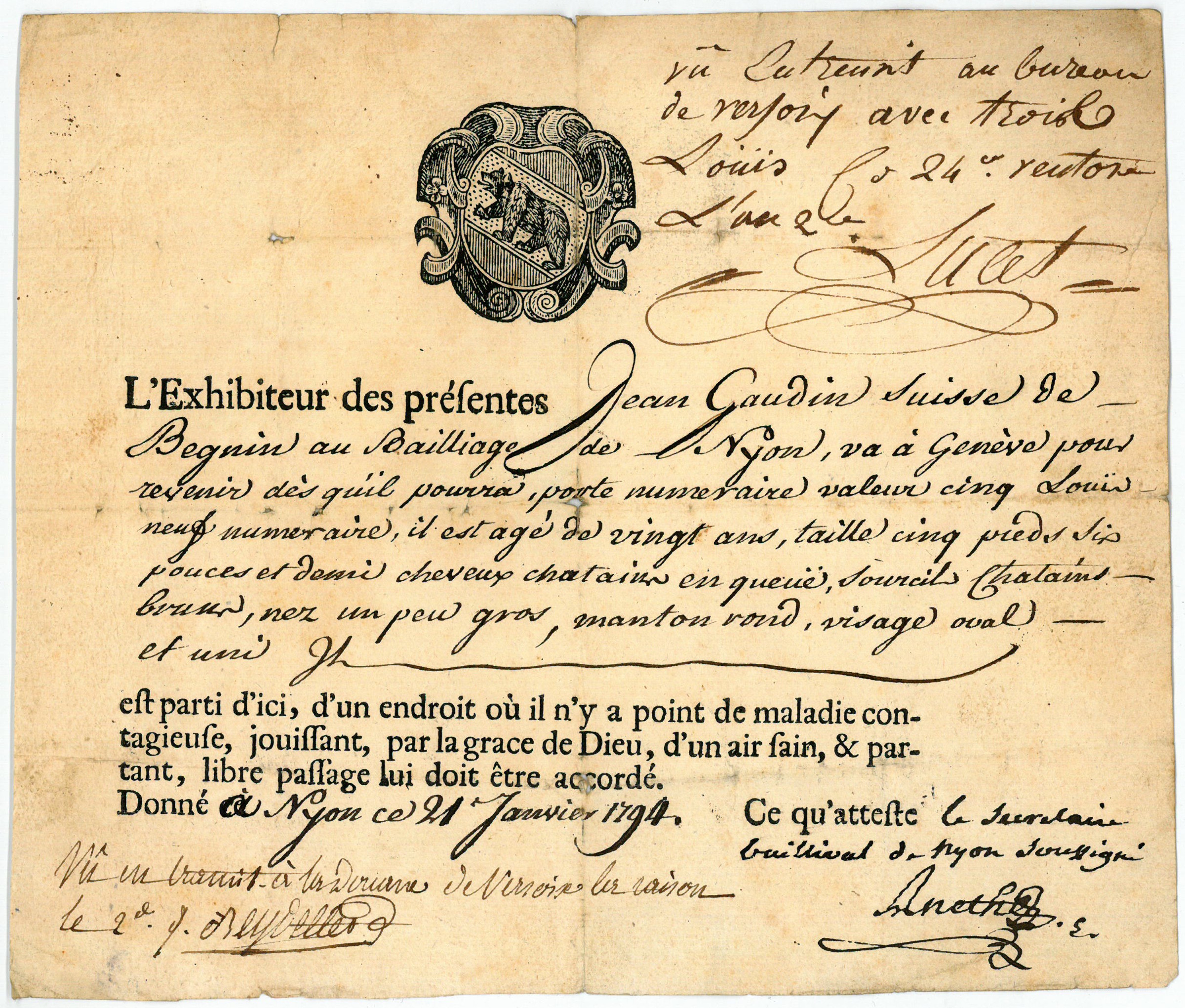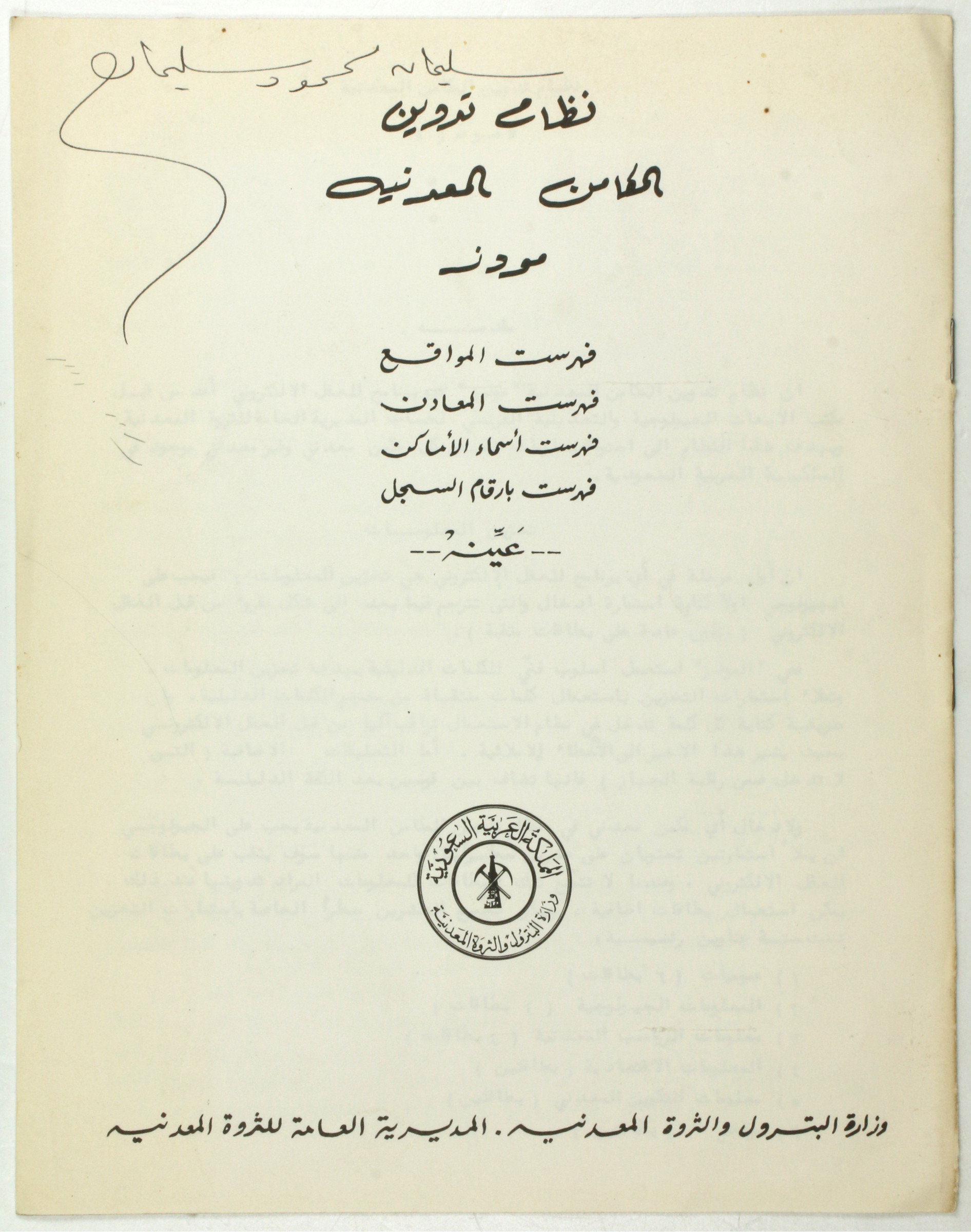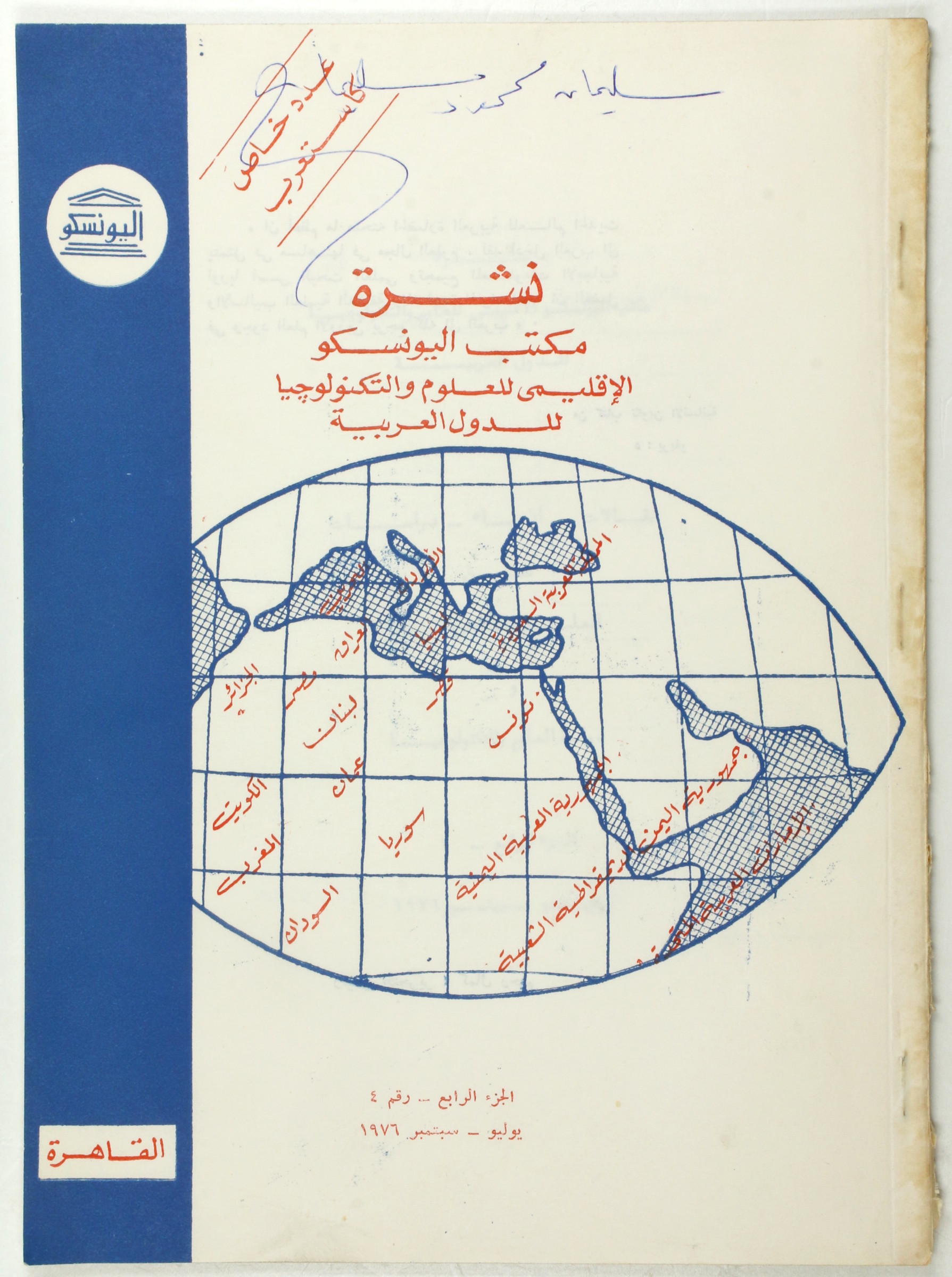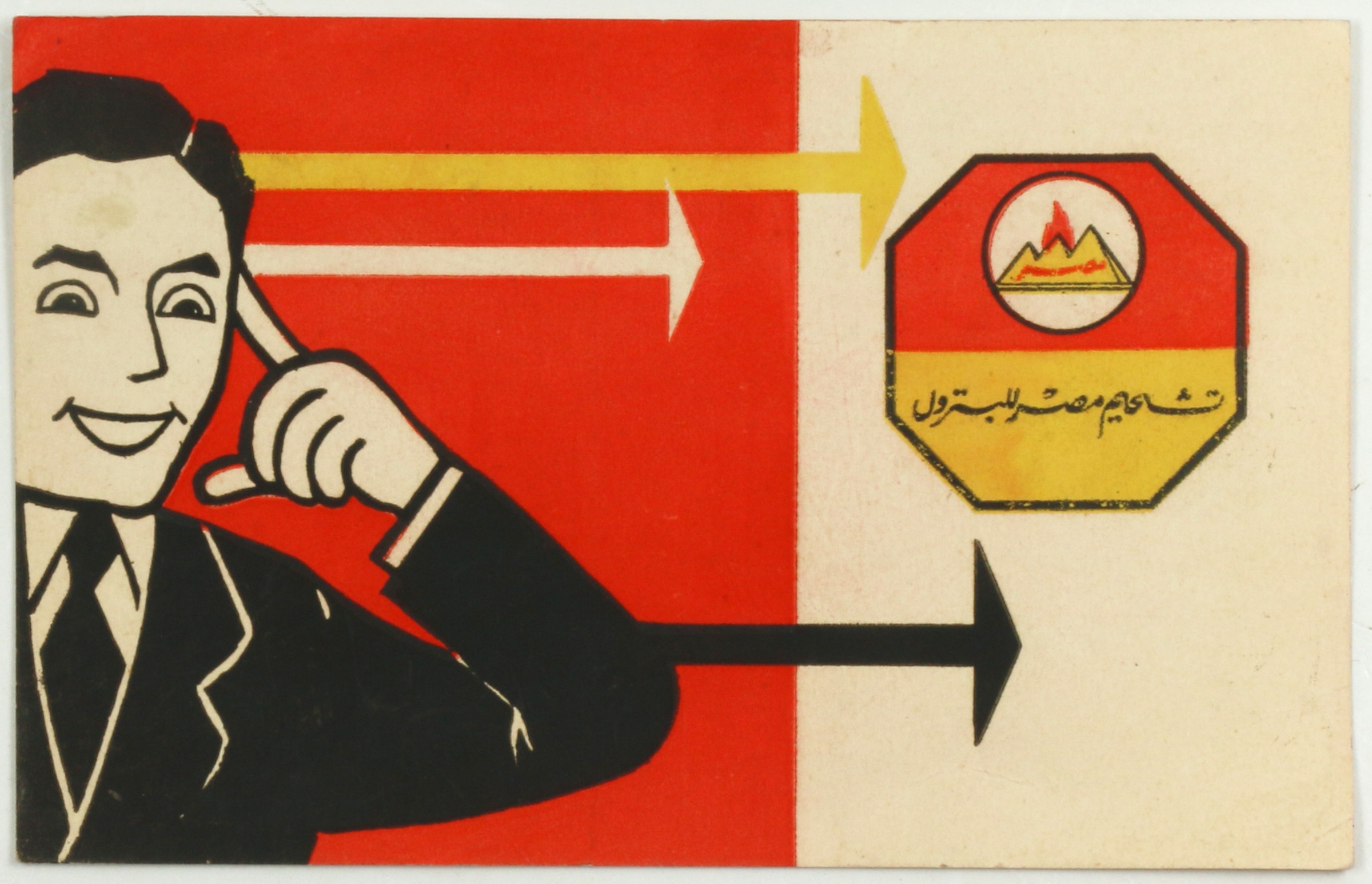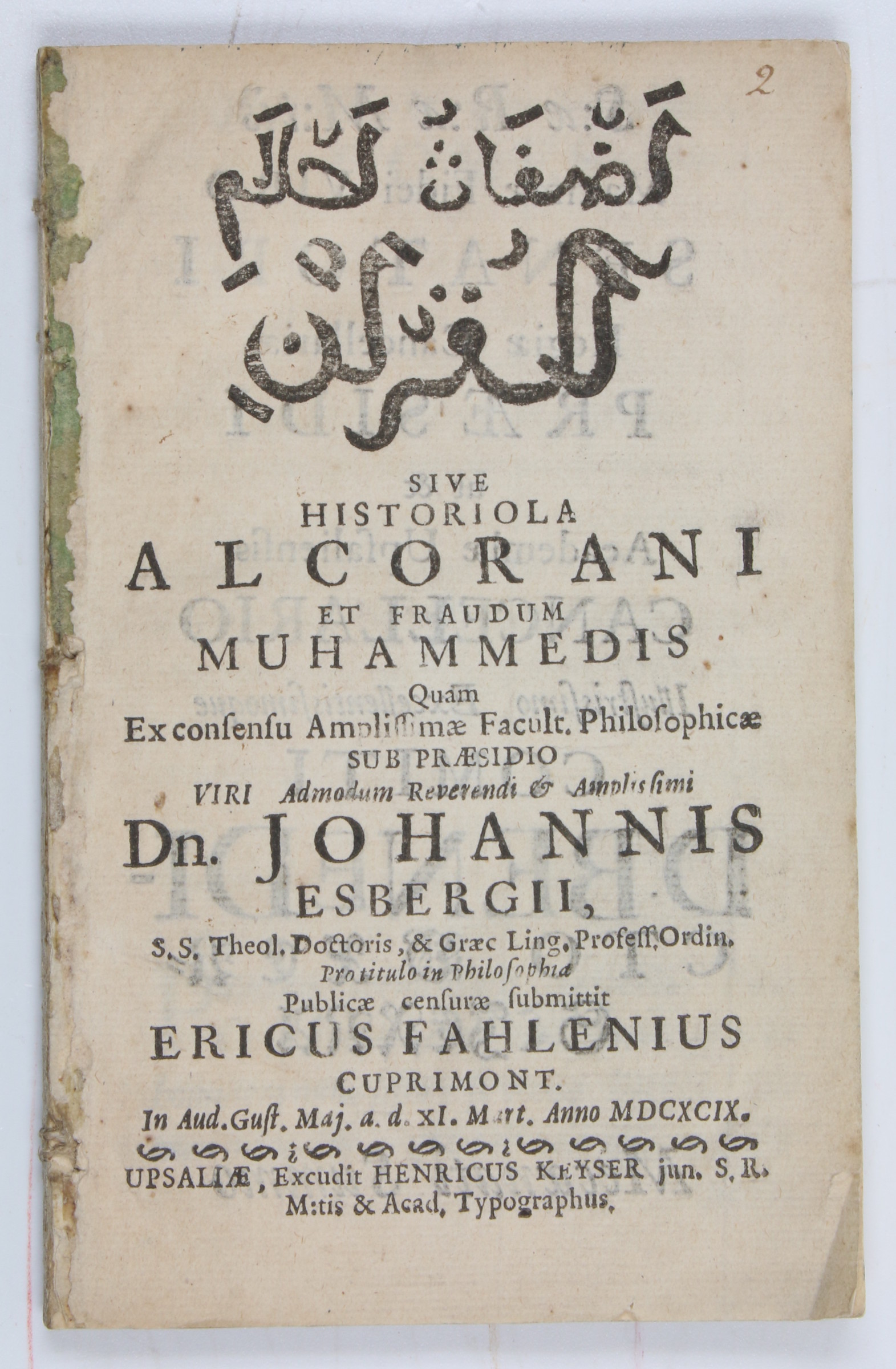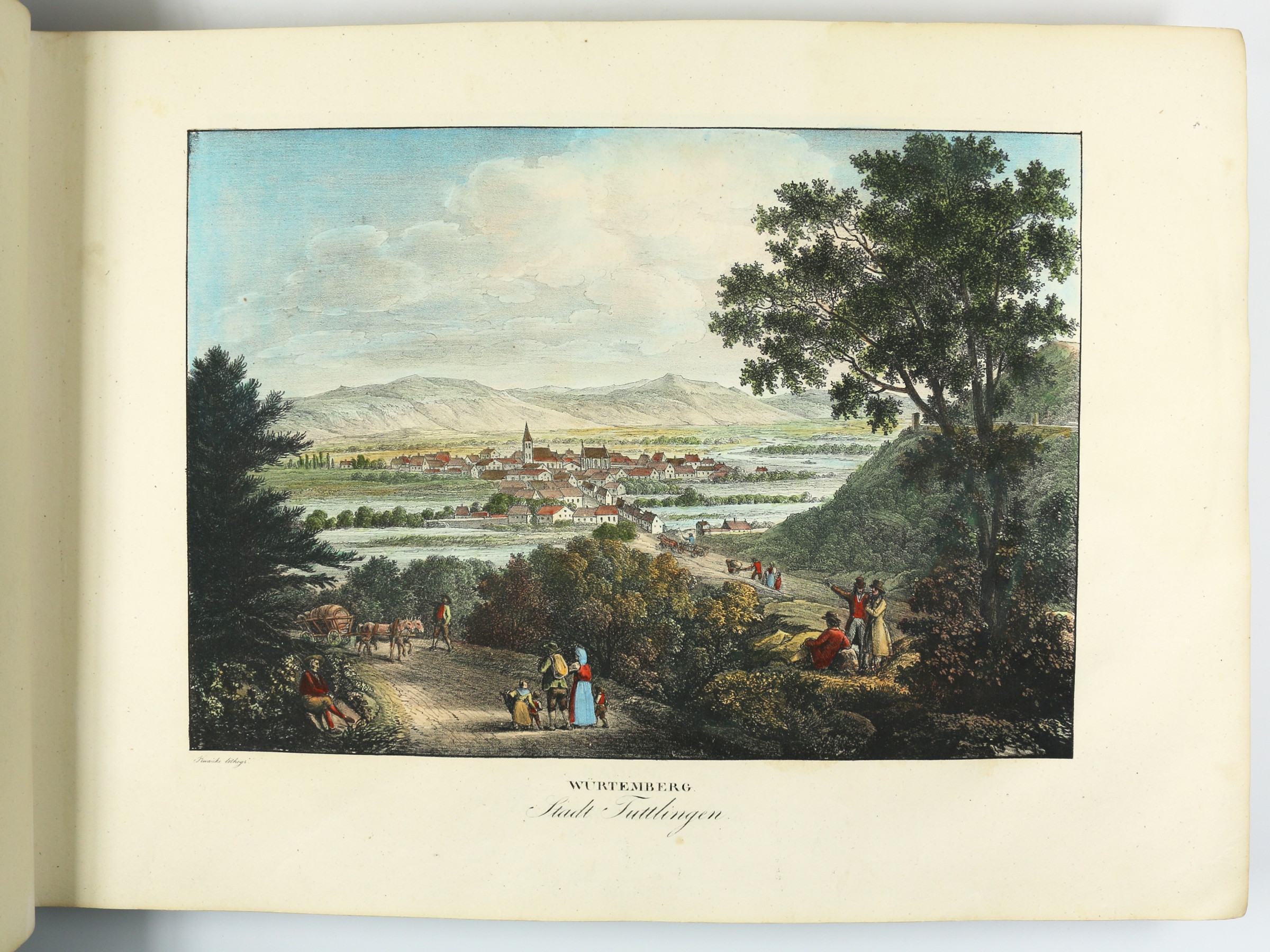"Mémoire sur les îles de Lieou Kieou".Beijing, 1751/1752.
This highly interesting manuscript was evidently copied by an unknown hand from Gaubil's original in Beijing and sent to France in 1751. A very different version of the text would be published as part of volume 23 of the "Lettres édifiantes et curieuses" in 1811, long after Gaubil's death. Thus, the manuscript at hand is very likely much closer to Gaubil's text, which is a translation of the 1721 "Zhongshan chuán xìn lù", the official report of the Chinese envoy Xu Baoguang (1671-1723) on his mission to the islands and kingdom of Ryukyu and its main island, Okinawa. Baoguang was sent to the court of King Sho Kei (1700-52) in Shuri, Okinawa, by the Kangxi Emperor in 1718. Although a vassal to the Japanese Satsuma Domain since the invasion of 1609, the Kingdom of Ryukyu also remained a tributary to the Chinese Emperors until the Japanese annexation in 1879.
Baoguang's report remains one of the central sources for the history of the Kingdom of Ryukyu (here referred to by its Chinese name, Liuqiu, which is also applied to the main island Okinawa and is not to be confused with Liuqiu Island just off Taiwan) and for the situation at the time of the report, while also providing the earliest documentation of maritime distances between the main islands. Its importance was such that is was not only published in China but also in Japan in several editions from 1765 onwards and translated into French by Antoine Gaubil, thus introducing European audiences to the then virtually unknown kingdom in the East China Sea. Such interest can be explained partly by the Sino-Japanese conflict over the kingdom but, more importantly, by its unique role for maritime trade in East and Southeast Asia over more than 200 years. This role, which was closely linked to Ryukyu's topographical and political position between China and Japan, also explains French interest in Baoguang's report. As Japan was closed to European merchants except for the Dutch trading post Dejima off Nagasaki, Ryukyu was the central marketplace for indirect Nanban trade with Japan.
The original report is divided into six chapters that Gaubil does not appear to have translated in their entirety, through he adds extensive annotations. The report and Gaubil's translation thereof concern the diplomatic mission itself, the mentioned geographical survey of the main islands, a detailed list of the goods produced and traded in Ryukyu, a description of the political situation (although Baoguang does not mention the tributes paid to the Satsuma Domain, as Gaubil remarks), a genealogy of the kings of Ryukyu, a description of the royal palace, court ceremonial, local religion and customs, and the Okinawan language. In one of the longest comments, Gaubil attempts to correct European misconceptions regarding what is referred to by "Liuqiu", stating that it is not to be confused with Taiwan itself or the Island today known as Liuqiu and sometimes called Small Liuqiu, to distinguish it from Okinawa.
Antoine Gaubil, who arrived in Beijing in 1722 and would remain there for the rest of his life, was the most important astronomer among the French Jesuits in China, and one of the greatest disseminators of Chinese science and wisdom in Europe in the 18th century. His work on astronomy and as a historian and translator of important Chinese texts such as the "I Ching" earned him the praise of Alexander von Humboldt as the wisest of the Jesuit missionaries.



